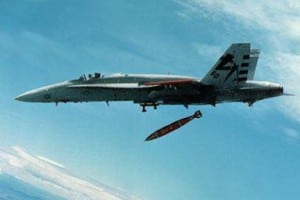
The U.S. Air Force wants improved sensors and communications for the Arctic, including Joint All Domain Command and Control (JADC2), as the service seeks to make operations there more routine and as it fields Lockheed Martin [LMT] F-35s and F-22s to enhance U.S. Arctic power projection to the Pacific, Europe, and the Middle East. "I think we're at a pivotal point on the timeline of the Arctic," Air Force Lt. Gen. David Krumm, the commander of Alaskan Command and the…














